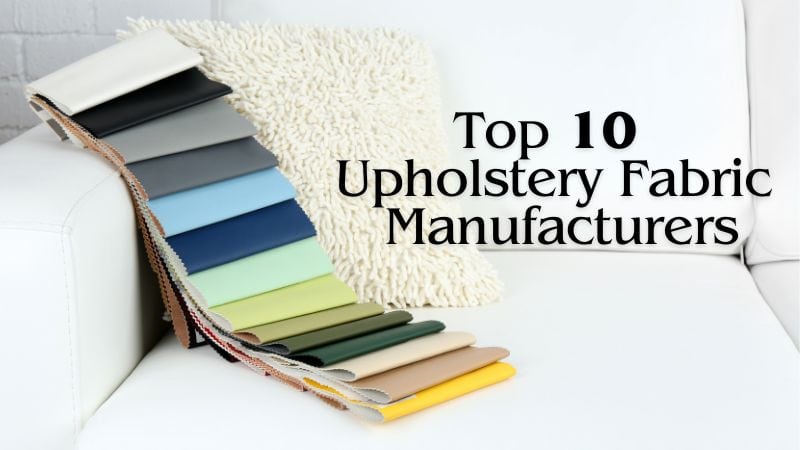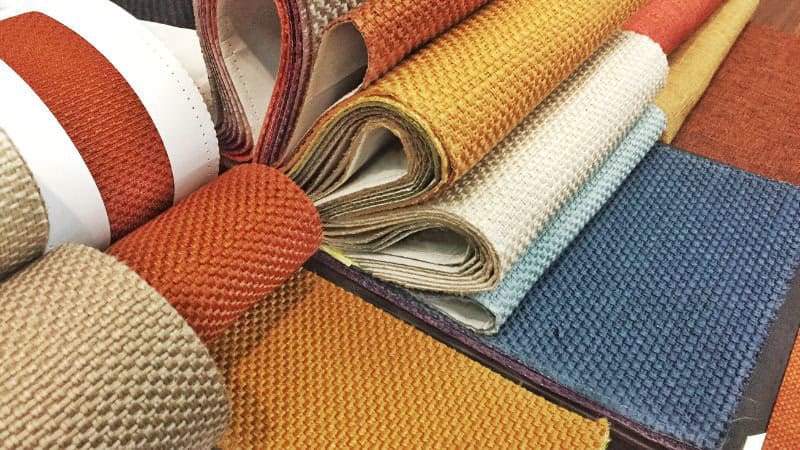
When it comes to upholstered furniture, the type of fabric you choose plays a crucial role in both the aesthetics and durability of the piece. Upholstery fabrics come in a wide variety of materials, each with its own unique characteristics, advantages, and disadvantages.
In this article, we will delve into the most popular types of upholstery fabrics, exploring their unique features, benefits, and drawbacks.
We’ll discuss the importance of factors like thread count, weave, and fiber content in determining the quality and longevity of the fabric. Additionally, we’ll provide insights into which fabrics are best suited for different types of furniture and various lifestyle needs.
By the end of this article, you’ll have a comprehensive knowledge of the most common upholstery fabrics, empowering you to choose the best option for your furniture and your home.
What is Upholstery Fabrics
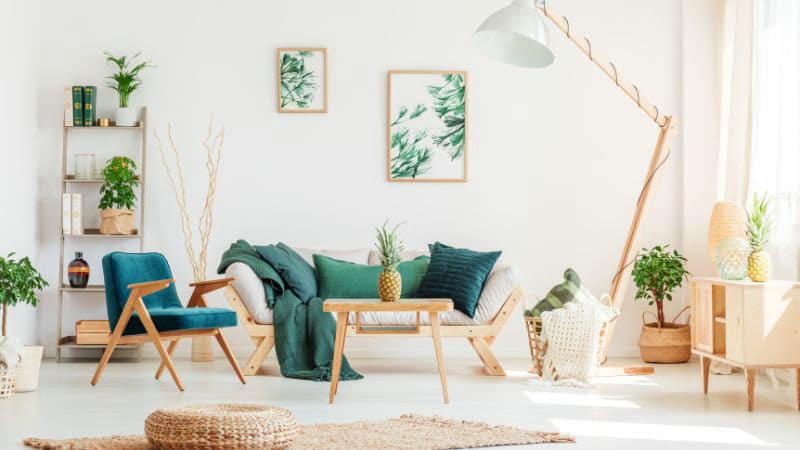
Upholstery fabric is a material used to cover furniture such as sofas, chairs, ottomans, and headboards. It is typically composed of a durable, attractive material that can withstand regular use while providing comfort and style.
Upholstery fabric is specially designed to be heavier and more resilient than most other fabrics used for clothing or bedding.
Which One is Better: Natural vs Synthetic Fibers
When selecting upholstery fabrics, you’ll encounter both natural and synthetic fibers.
Natural fibers, such as cotton, linen, wool, and leather, offer a soft, breathable texture, often with a luxurious feel.
In contrast, synthetic fibers like polyester, nylon, and acrylic are typically more resilient to fading and staining.
How to Determine Fabric Durability
The two most common tests for measuring fabric abrasion resistance are the Wyzenbeek method (primarily used in the United States) and the Martindale method (more common in Europe and internationally).
These tests measure the number of rubs or cycles a fabric can withstand before showing signs of wear, such as broken yarns or noticeable changes in appearance. Higher numbers indicate greater durability.
General guidelines for fabric durability based on Wyzenbeek double rub results are:
- Light use (9,000-11,000 double rubs): Ideal for decorative items, occasional use
- Medium use (12,000-15,000 double rubs): Suitable for dining chairs, living room furniture
- Heavy use (15,000+ double rubs): Good for high-traffic areas, family rooms, commercial use
For the Martindale test, the following standards apply:
- 10,000-20,000 cycles: General domestic use
- 20,000-30,000 cycles: Heavy domestic use, including reclining furniture
- 30,000-40,000 cycles: Commercial or office use
- Over 40,000 cycles: Considered highly durable for any application
Industry groups like the Association for Contract Textiles (ACT) recommend a minimum of 15,000 double rubs (Wyzenbeek) or 20,000 cycles (Martindale) for “light use” contract upholstery. Heavy-duty contract use should exceed 30,000 double rubs or 40,000 cycles.
What Fabric is Most Furniture Made of?
When choosing fabric for your furniture, consider durability, comfort, and ease of cleaning. Each fabric type offers a unique feel and aesthetic to your space.
Cotton
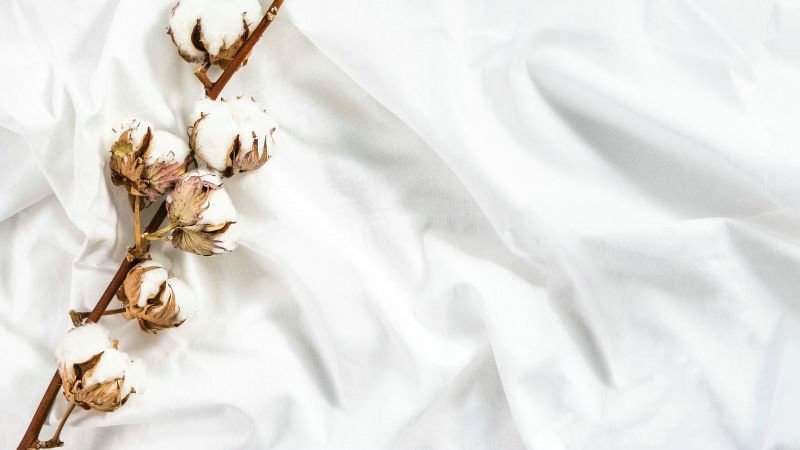
Cotton is a soft, fluffy, and breathable natural fabric made from the fibers surrounding cotton plant seeds. It is one of the most widely used fabrics in the world, known for its versatility, comfort, and durability.
Advantages:
- Breathable and comfortable
- Easy to clean and maintain
- Durable and resistant to wear
- Hypoallergenic
- Accepts dye well, available in many colors
Disadvantages:
- Prone to wrinkling and shrinkage
- Not naturally stain-resistant
- May fade with sun exposure
- Requires frequent cleaning
Cotton is best for casual, washable furniture like slipcovers, pillows, and lightweight upholstery, especially in high-traffic areas and homes with children or pets.
Linen
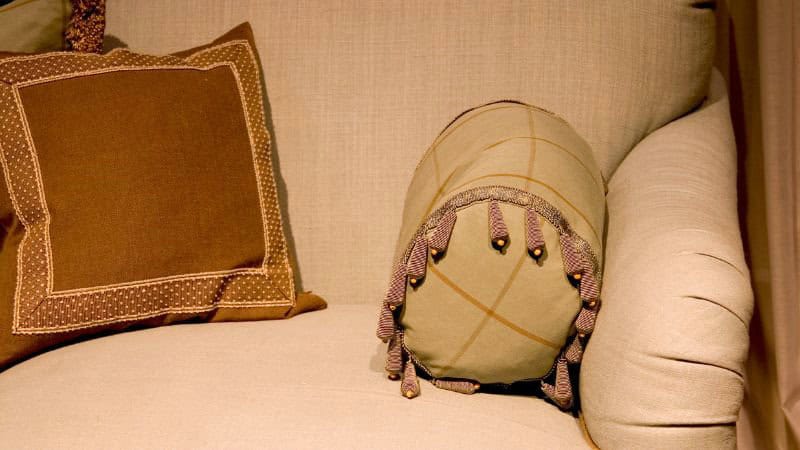
Linen is a strong, lightweight, and highly absorbent natural fabric made from fibers of the flax plant. It has a distinctive texture and a relaxed, casual appearance that improves with age.
Advantages:
- Strong and durable, one of the most resilient natural fibers
- Breathable and moisture-wicking
- Hypoallergenic and resistant to bacteria
- Eco-friendly and biodegradable
- Develops a soft, lived-in look over time
Disadvantages:
- Wrinkles and creases easily
- Not naturally stain-resistant
- Can shrink and weaken with heat or bleach
- More expensive than cotton
Linen works well for creating a casual, relaxed look on furniture like sofas, chairs, and slipcovers. Its durability suits high-use pieces, but it may not be ideal for homes with young children or messy pets.
Leather
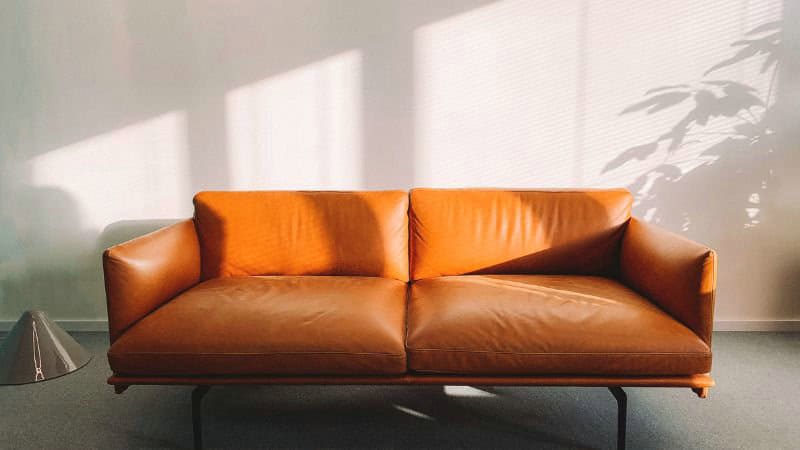
Leather is a durable, flexible material made by tanning animal hides. It has a distinctive natural texture and ages well, developing a unique patina over time.
Advantages:
- Extremely durable and long-lasting
- Easy to clean and maintain
- Resistant to dust, pet hair, and allergens
- Develops a unique patina and softens with age
- Adds a luxurious, high-end look
Disadvantages:
- It can be expensive, especially high-quality leather
- May show scratches, scuffs, and wear marks
- Can feel hot in warm weather, and cold in cool temperatures
- Not as breathable as fabric upholstery
- Some may object to using animal hides
Leather is ideal for statement pieces like sofas, armchairs, and ottomans. Its durability suits high-traffic areas and homes with pets, but it may not be the best for very hot or humid climates.
Polyester
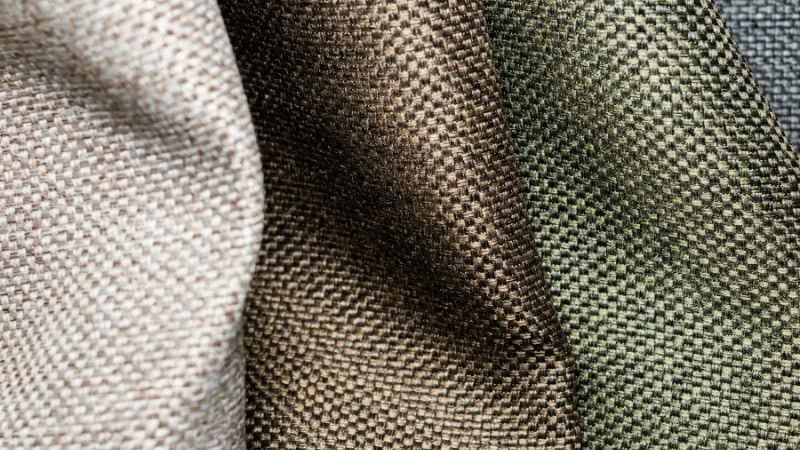
Polyester is a synthetic fabric made from petroleum-based fibers. It is known for its durability, wrinkle-resistance, and easy care.
Advantages:
- Highly durable and resistant to wear, fading, and pilling
- Easy to clean and maintain
- Resistant to wrinkling, stretching, and moisture
- Often more affordable than natural fabrics
- Can be blended with other fibers for improved texture
Disadvantages:
- Not as breathable or comfortable as natural fibers
- Can generate static electricity
- May not be as soft or luxurious feeling
- Prone to heat damage and melting
- Made from synthetic materials, less eco-friendly
Polyester is great for furniture that needs to withstand heavy use, like family room sofas, kitchen chairs, and outdoor upholstery. Its stain-resistance and easy care make it ideal for homes with children and pets.
Wool
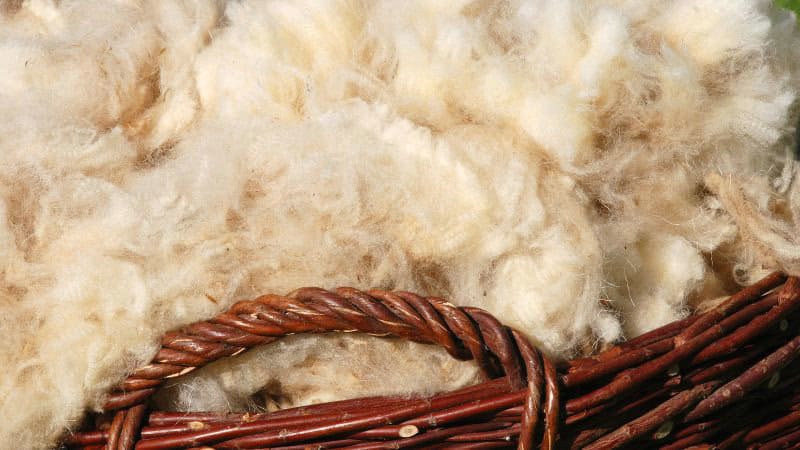
Wool is a soft, durable natural fabric made from the fleece of sheep and other animals. It is prized for its warmth, resilience, and natural texture.
Advantages:
- Durable and resilient, springs back into shape
- Naturally fire-resistant and water-repellent
- Eco-friendly and biodegradable
- Offers good insulation
- Luxurious texture with many color and pattern options
Disadvantages:
- Can be expensive, especially high-quality wools
- May feel rough or scratchy in some cases
- Requires professional cleaning
- Prone to felting and shrinking if not cleaned properly
- May attract moths and insects if not regularly used
Wool works well for classic, tailored furniture styles like mid-century modern or traditional pieces. It’s best for adult areas like formal living rooms or home offices rather than high-traffic family spaces.
Nylon
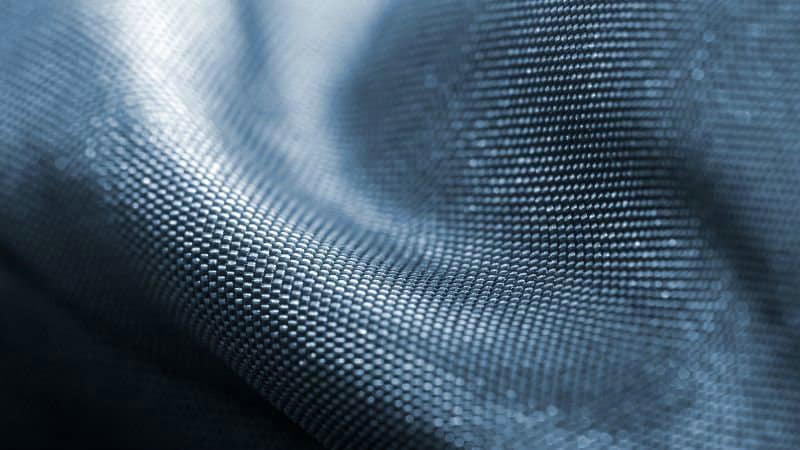
Nylon is a synthetic fabric known for its exceptional strength, durability, and resistance to wear and tear. It is often used in high-traffic applications.
Advantages:
- Exceptionally strong and durable
- Easy to clean and maintain
- Resistant to pilling, wrinkling, and moisture
- Often more affordable than natural fabrics
- Can be dyed and printed with many colors and patterns
Disadvantages:
- Not as breathable or comfortable as natural fibers
- Can generate static electricity
- May have a somewhat shiny or synthetic appearance
- Prone to heat damage and melting
- Made from petrochemicals, not eco-friendly
Like polyester, nylon is ideal for heavily-used furniture that needs to be easy-care and long-wearing. It works well for family sofas, kids’ furniture, and some commercial upholstery applications.
What are the Innovative and Specialty Fabrics
As you explore the vast array of upholstery fabrics for your furniture, two key trends may catch your eye: the rise in eco-friendly and hypoallergenic materials and the technological advancements shaping the industry.
Eco-Friendly and Hypoallergenic Options
You might encounter rayon, a versatile and lightweight option derived from natural cellulose, which is often used as a more sustainable alternative to silk due to its lower environmental impact.
For a hypoallergenic choice, consider microfiber, a densely woven fabric which minimizes the accumulation of allergens.
If you’re interested in a bolder texture, denim and jute are not only trendy but also boast a lower ecological footprint.
Fabrics like chenille or acrylic may not be naturally derived, but often come in recycled varieties, offering an eco-conscious choice with a plush feel.
For those who prefer leather but want to avoid animal products, faux leather and vinyl offer the luxurious look and feel of leather without its ecological and ethical concerns.
Technological Advances in Upholstery
Notably, olefin, a durable and often water-resistant fabric, is ideal for high-wear areas. It is created through an innovative process that transforms petroleum into a fabric that’s both tough and comfortable.
It can mimic the look and feel of wool, yet outlast it in terms of wear resistance.
Moreover, innovative blends that incorporate both natural and synthetic fibers are revolutionizing upholstery.
This hybrid approach enables the fabrics to capitalize on the best qualities of each material type, leading to enhanced durability, comfort, and aesthetic appeal.
These cutting-edge materials not only extend the life of your furniture but also add a layer of functionality that traditional fabrics can’t match.
How to Choose The Best Fabric for Your Home
To sum up, for areas of your home that see a lot of activity, such as family rooms, nylon and olefin are top choices for durability.
They resist shrinking and water damage, and olefin, in particular, is similar to wool in feel but is made for heavy wear. It’s crafted from petroleum-based synthetic fibers and is known for its strength.
To prevent furniture from fading in bright rooms or under direct sunlight, look for fabrics with lightfastness properties.
Your furniture and your little ones should live in harmony.
Opt for stain-resistant and hypoallergenic upholstery to make cleanup easier and the environment healthier.
Frequently Asked Questions
Can you suggest some fabrics that are good for both comfort and style in furniture design?
For a combination of comfort and style, look at fabrics like chenille. Chenille is soft yet visually appealing. Velvet is another great option. It adds a touch of elegance without compromising on comfort. Wool blends can also provide warmth and a textured look.







